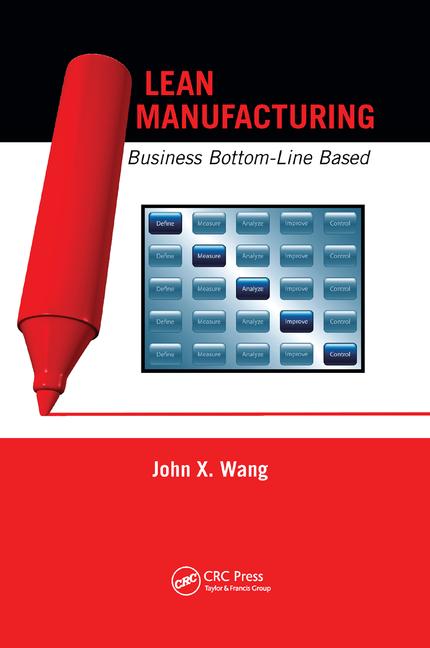How you analyze a spaghetti diagram is crucial, because it is the understanding that matters; not the map.
Spaghetti isn’t exactly a lean food. The spaghetti diagram, on the other hand, is a long-standing lean tool that has much to offer throughout a successful lean transformation.
For those new to spaghetti diagrams, you begin with a 2D scale layout of a work area. Then you trace a line on the layout to represent the flow of work through the area. The work in a typical process flows back and forth until the resulting picture resembles a bowl of spaghetti, hence the name.
Like other process and value stream maps, a spaghetti diagram is created to develop a common understanding of the current state. Unfortunately, most people only follow a portion of the process as they map it, and thereby miss some of the benefit from using this simple tool. Most flow maps follow the flow of either material or people, but in real processes, people and material often go in separate directions.
In reality, there are three distinct flows that must be understood to develop a common understanding of the current state of a process-the flows of material, people and information. For this reason, we prefer to call the spaghetti diagram a three-flows map.
Understanding all three adds insight into the process, and it typically identifies additional barriers and problems that might otherwise go unnoticed. Most importantly, it leads to a clear understanding of how the three flows interact. Perhaps the worst to ignore is the flow of information. While most improvement efforts focus on material flow, many barriers to progress are in the flow of information. Improvement efforts are seriously impeded if everyone involved doesn’t have current information about critical items like scheduling, priorities and problems.
Consider the boundaries of the process to be mapped both before and during the mapping exercise. When using spaghetti diagrams, most people start where the work begins. This misses key links around the process. Consider extending your boundaries at least one step in both directions. At the front end this leads to questions about where the work comes from, how it arrives and what needs to be done next. At the end of the process this leads to questions about where the work goes next, how it will get there and what information needs to be fed forward to the next process in the manufacturing chain. Lack of coordination from process to process is a major contributor to problems and should not be ignored.
While you’re creating the map, remember that one of the required elements of a lean transformation is direct observation-go see what is actually going on. We want to put our assumptions and conclusions aside. If we fail to do this we will likely end up mapping what is “supposed to be” instead of what “actually is.” If we don’t capture what is actually happening, we will likely fail to recognize key barriers to effective solutions.
Keep in mind that your objective is to learn, so how you analyze the spaghetti diagram is more important than the diagram itself. It is the understanding that matters; not the map. Analysis is primarily a learned skill but certain questions can help focus our attention on key areas.
Here are good questions to start with. How redundant is the flow? Is the work retracing steps or complete paths as it moves through the process? How connected or disconnected are the three flows of material, people and information? How does the distance traveled affect the efficiency and effectiveness of the process? Is each step in the process clear and easily understood? Do work-arounds interrupt the flow? These questions should be discussed while using the maps and with those working in the process.
Jamie Flinchbaugh is a founder and partner of the Lean Learning Center in Novi, MI, and the co-author of The Hitchhiker’s Guide to Lean: Lessons from the Road.He shares his successful and varied experiences of lean transformation as a practitioner and leader through companies such as Chrysler and DTE Energy. He also has a wide range of practical experience in industrial operations, including production, maintenance, material control, product development and manufacturing engineering. Jamie is a graduate fellow of the Leaders for Manufacturing Program at the Massachusetts Institute of Technology, where his research thesis was on implementing lean manufacturing through factory design. He also holds a B.S. in Engineering from Lehigh University in Bethlehem, PA, and an M.S. in Engineering from the University of Michigan. To contact Jamie directly, go to the web site www.leanlearningcenter.com.
Get our new eMagazine delivered to your inbox every month.
Stay in the know on the latest assembly trends.
SUBSCRIBE TODAY!Copyright ©2024. All Rights Reserved BNP Media.
Design, CMS, Hosting & Web Development :: ePublishing


